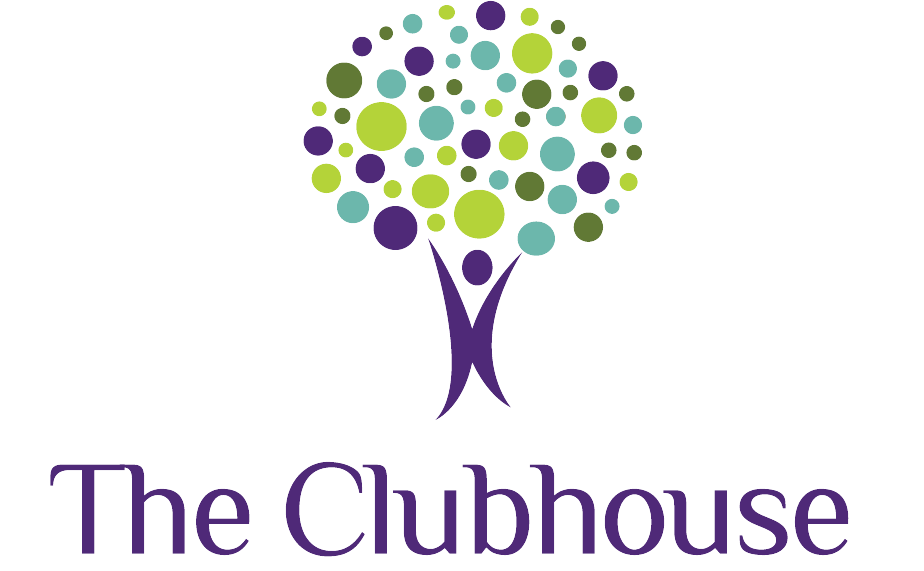Identifying Red Flags for Hearing Loss
We live in an age where technology is rapidly improving every day. These days, the vast majority of children in the United States have their hearing screened at birth—before even leaving the hospital—while older children may have their hearing screened yearly at school or every few years at their pediatrician’s office. Despite fantastic advances in technology, hearing loss can happen at any time, and it’s important to be aware of the red flags for your child.
For newborns and young babies, the biggest thing we look for is whether they jump or startle to loud noises. The lack of a startle reflex is a common indicator of hearing loss in babies and young toddlers.
Infants and young babies are just learning and exploring their environment! Red flags for hearing loss at this age include:
- Not turning toward sounds in their environment
- Not searching for their parents’ voices
- Limited response to their name their name when called
- Not babbling (after six months of age), or babbling with only one or two sounds
Between 12 and 18 months, we should see even more development of listening and language skills, including things like imitating more frequently, using sounds and simple words, and playing games with others. At this age, red flags for hearing loss can include:
- Continuing to only babble without moving on to more complex jargon or simple words
- Not adding new sounds
- Not consistently following simple directions like “come here,” “say bye,” or “give it to me” without a visual cue
- Doesn’t enjoy being read to during story time
Between 18 and 24 months, we see a rapidly increasing vocabulary. 18-month-olds should produce at least 5 words, but by 24 months they should be saying closer to 50 words. They should also be labeling objects and starting to combine two words together occasionally. At this age, red flags include:
- Parent not being able to understand what the toddler is saying at least half of the time
- Not beginning to combine words
- Not following longer directions like “get your shoes and give them to me”
From 2-3 years, we see children continue to develop and hone new skills. Children will begin to primarily communicate using phrases and short sentences, and will consistently follow longer directions. Red flags at this stage include:
- Not following unrelated directions like “give mom a kiss and put on your shoes”
- Only able to follow directions when they are part of a routine or when visual cues are provided
- Not responding when their name is called from another room
While birth to three is the time when most hearing losses are identified, older children may be at risk as well. Red flags for older children include:
- Difficulty paying attention in school, particularly if they aren’t able to see the teacher
- Increased exhaustion after the school day ends
- Difficulty in background noise
- Difficulty talking on the phone
- Listening to the TV or music on an extremely high volume
If your child has more than one of these red flags, ask your pediatrician for a referral to a pediatric audiologist. They will be able to perform a comprehensive hearing test on your child to determine whether or not they have a hearing loss. If your child is diagnosed with a hearing loss, remember that therapy is essential to helping children with hearing loss develop speech and language skills! If you have any concerns with your child’s speech and language skills, please reach out to the Clubhouse for a free screening.
Written by Kate Gilliat, M.S., CCC-SLP


